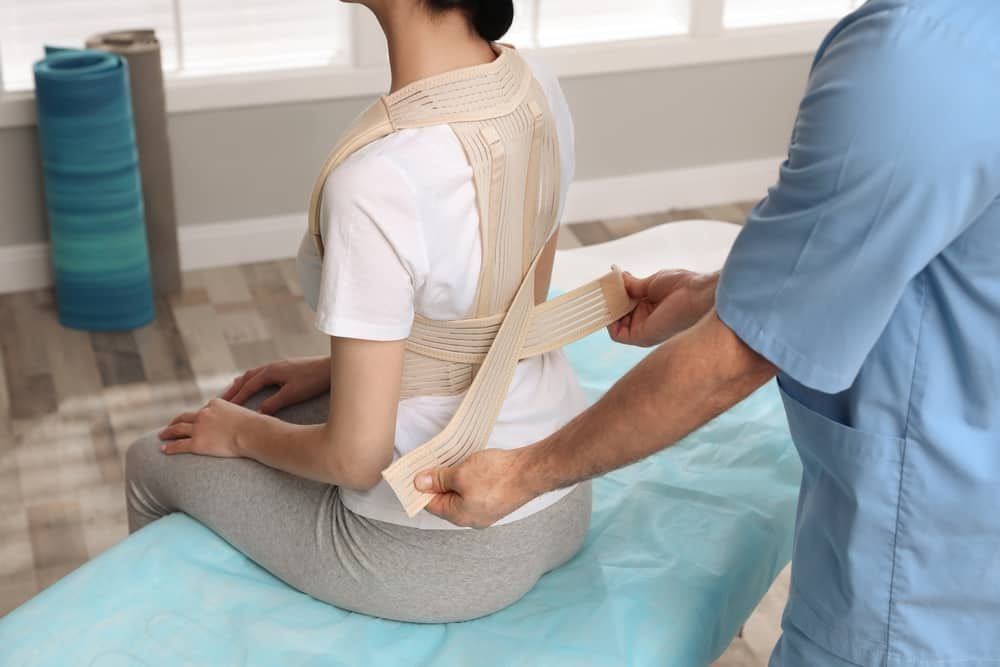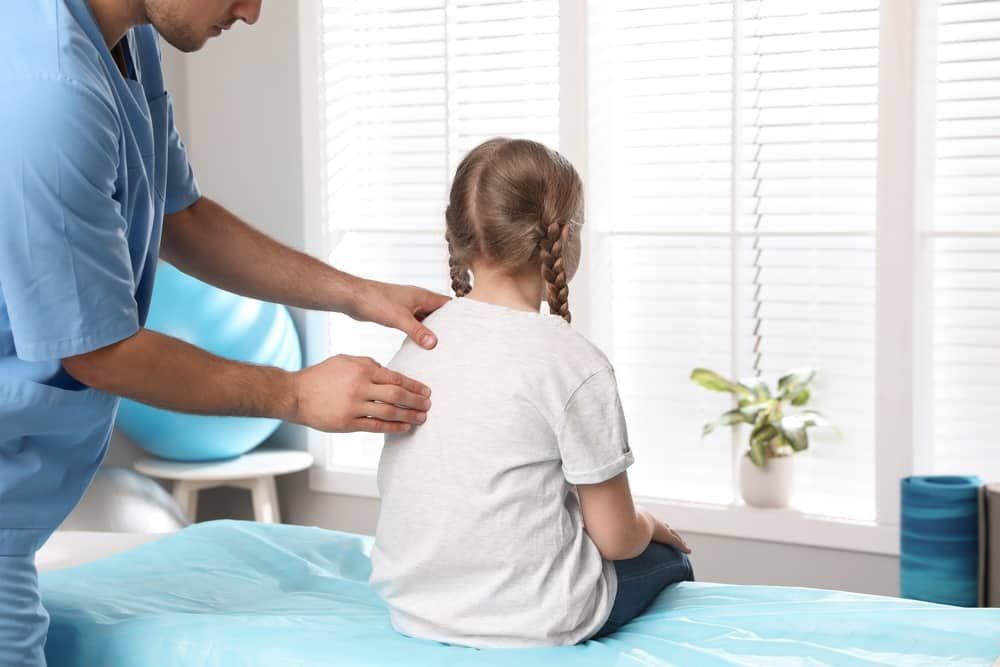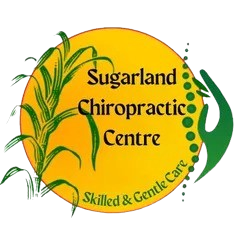Scoliosis Treatment in Bundaberg
- AHPRA-Registered Chiropractors
- Evidence-Informed Treatment Plans
- TGA-Approved Therapies
Request a Callback
Thank you for contacting Sugarland Chiropractic Centre.
We will get back to you as soon as possible.
Oops, there was an error sending your message.
Please try again later.
Bundaberg Scoliosis Treatment
Managing scoliosis requires more than observation—it calls for targeted strategies that support spinal function, mobility, and overall posture. At Sugarland Chiropractic Centre in Bundaberg, we provide conservative scoliosis treatment plans for children, adolescents and adults, tailored to the degree and pattern of spinal curvature.
Each care plan is based on clinical assessment and may include spinal adjustments, postural training, mobility exercises and ongoing monitoring. Our approach is grounded in current guidelines and designed to help manage symptoms, reduce muscular compensation, and support spinal alignment without invasive procedures.
Treatment begins with a thorough evaluation to determine the type of scoliosis and the most appropriate care pathway. To book a scoliosis treatment consultation, call (07) 4153 2233.
Functional Support for Spinal Curvature
Scoliosis treatment focuses on supporting spinal health and function over time. Mild to moderate curves that don’t meet the threshold for surgical referral can often benefit from conservative management. This may include a combination of spinal mobilisation, stretching, strengthening exercises, and postural retraining. In adolescents, these strategies are designed to complement natural growth and maintain balanced movement patterns as the spine develops. In adults, care is focused on improving flexibility, reducing joint stress, and managing symptoms such as pain, fatigue or asymmetry.
Individual treatment plans consider the Cobb angle, curve progression risk, and daily activity levels. Care is regularly reviewed and adjusted based on age, musculoskeletal changes, and the person’s physical goals. In cases where progression or structural abnormalities are outside the scope of conservative care, timely referral to an orthopaedic specialist is recommended. Regardless of age or curve severity, the goal of scoliosis treatment is to promote better postural control, spinal comfort, and physical confidence.
Frequently Asked Questions
Can scoliosis be treated without surgery?
Yes, many cases of scoliosis—particularly mild to moderate curves—can be managed without surgery. Conservative treatment may involve posture correction, spinal adjustments, mobility exercises and lifestyle adaptations aimed at improving comfort and function. While these approaches do not reverse spinal curvature, they can reduce symptoms, improve quality of movement and help slow progression in growing individuals.
What type of exercises help with scoliosis?
Exercises used in scoliosis treatment often include targeted stretches to reduce muscular tightness, strengthening routines for spinal stabilisers, and balance or posture drills to correct asymmetries. Programs are usually tailored to the curve pattern and severity, and should be supervised by trained professionals. Movement therapies like yoga or clinical Pilates may also be incorporated when appropriate to support core strength and postural control.
Does chiropractic treatment help scoliosis?
Chiropractic care may help manage scoliosis by improving joint mobility, reducing muscle tension, and enhancing spinal alignment. While it does not change the structural curve of the spine, it can provide relief from associated symptoms such as stiffness, pain, or restricted movement. Chiropractic treatment is often used alongside exercise therapy and ongoing monitoring as part of a conservative scoliosis management plan.








